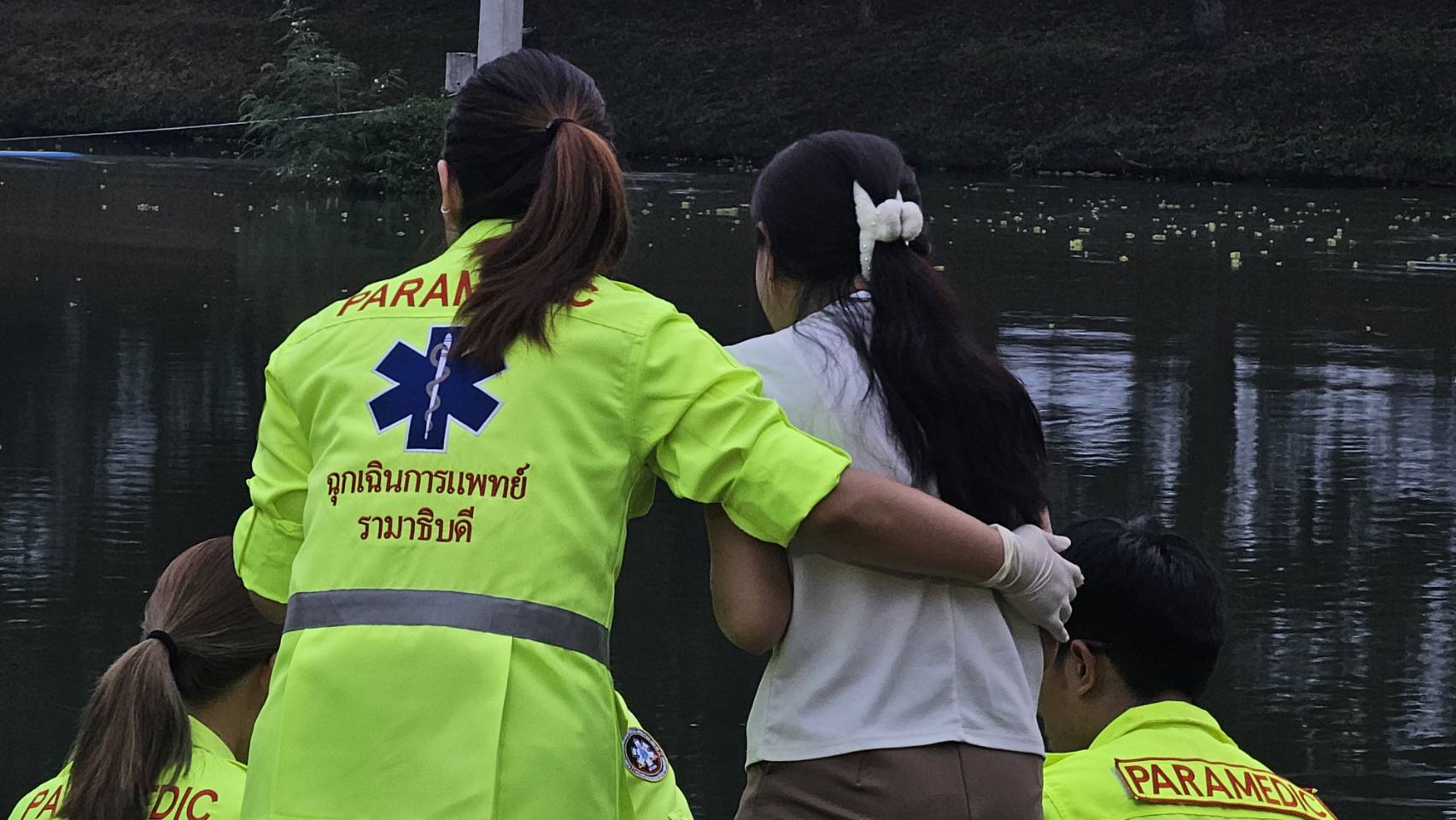Every emergency situation can mean a matter of life and death for patients. To address this, we need paramedics who possess the knowledge and skills to care for emergency patients outside of hospitals, including the proper methods of patient transport.
Paramedics, sometimes referred to as emergency doctors or life-saving heroes, play a crucial role in assisting critically ill or injured patients outside of hospitals and at the scene of accidents. This profession is developed to equip paramedics with the knowledge, skills, and mindset needed to perform emergency procedures for patients with sudden injuries or life-threatening illnesses. Timely assessment, management, and treatment are vital to prevent fatalities or worsening of injuries or illnesses. The holistic application of science and art in emergency medical procedures covers everything from recognizing emergency conditions to providing patients with necessary care. This includes assessment, management, coordination, supervision, communication, transportation, diagnosis, and treatment of emergency patients, both outside and inside hospitals. Additionally, it encompasses the operation and management of local emergency medical systems. Paramedics are a crucial medical profession that significantly improves survival rates.
As of April 2022, Thailand has only 674 paramedics (Source: National Institute for Emergency Medicine), with only half actively working in the field. The production rate of professional paramedics is approximately 180-200 individuals per year, which is insufficient to meet the country’s needs. The National Institute of Emergency Medicine estimates a need for more than 35,000 paramedics within the next five years and at least 10,000 within the next 1-3 years.









